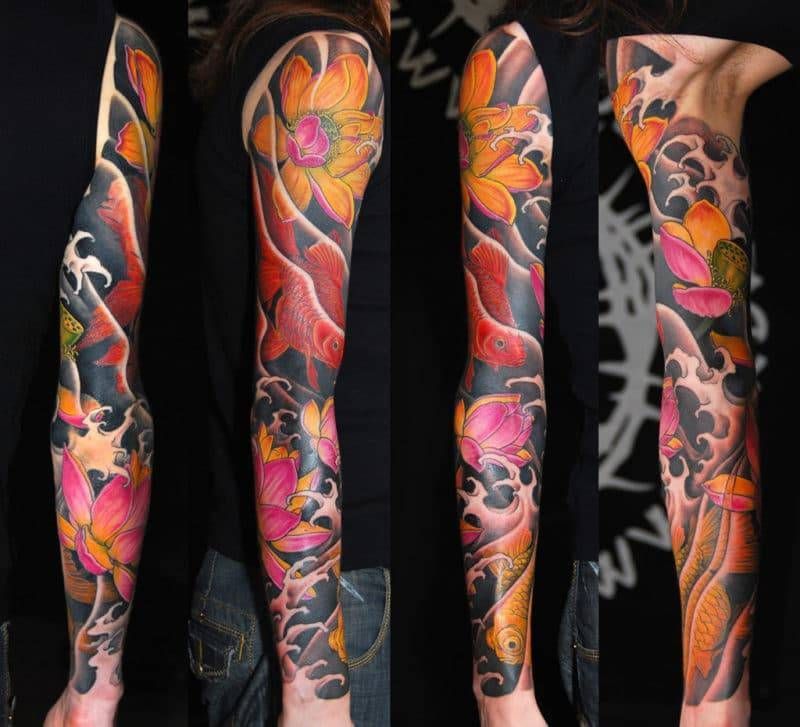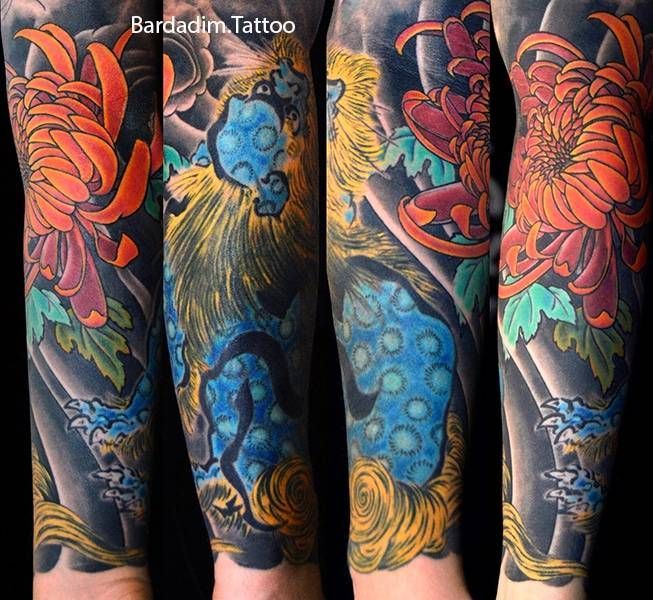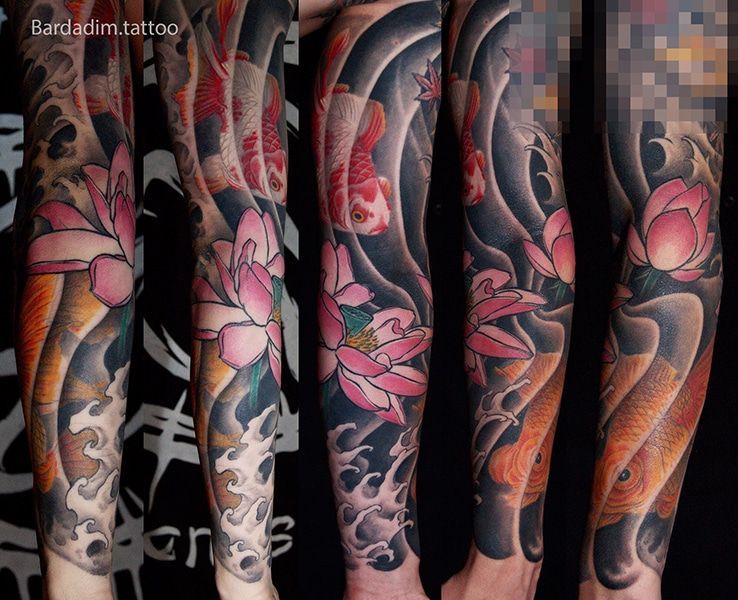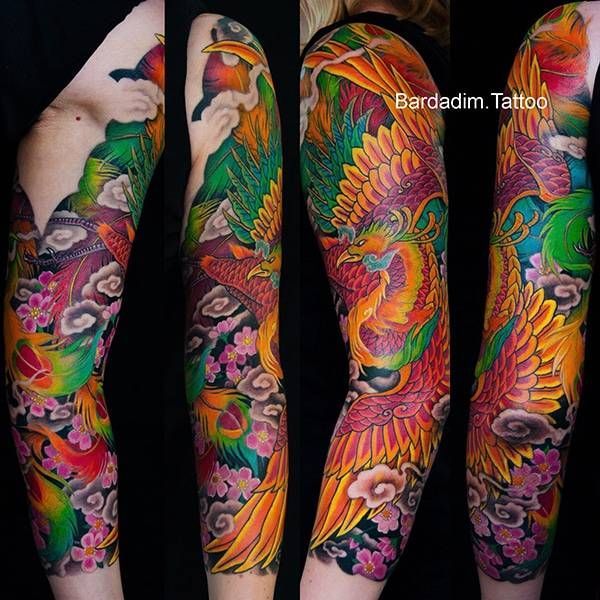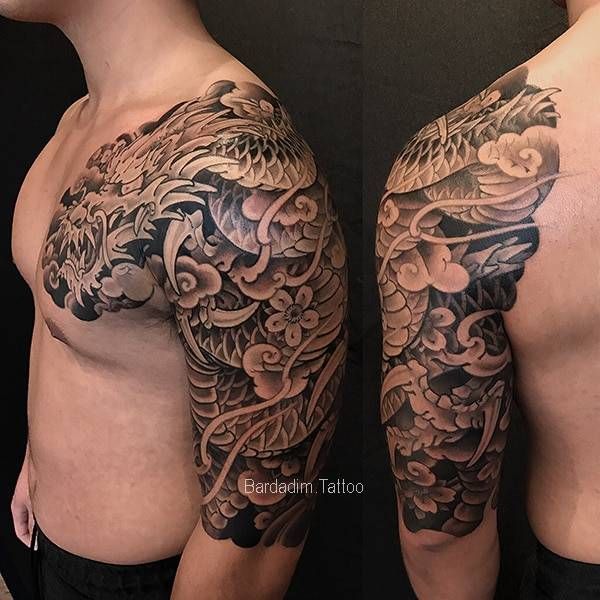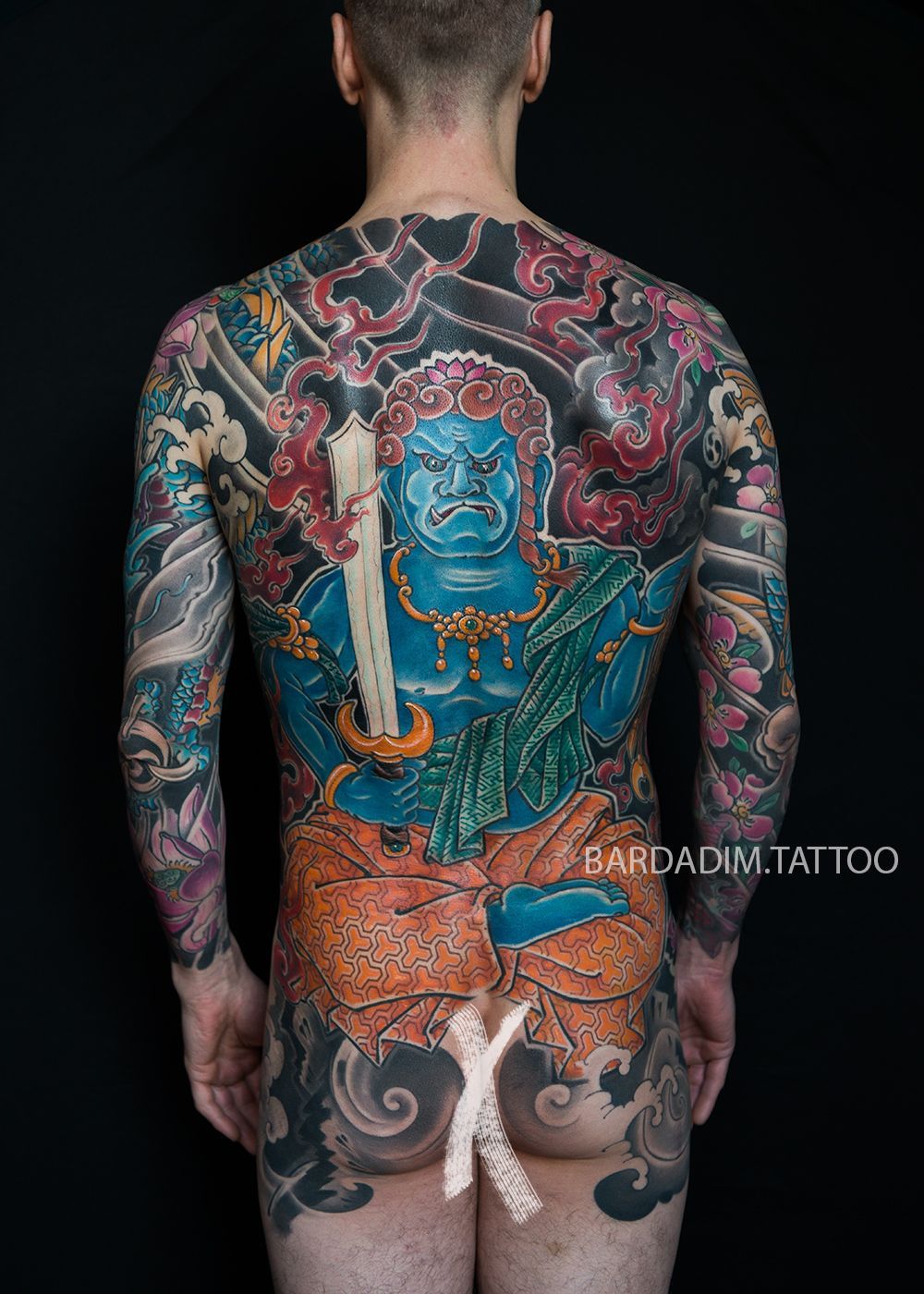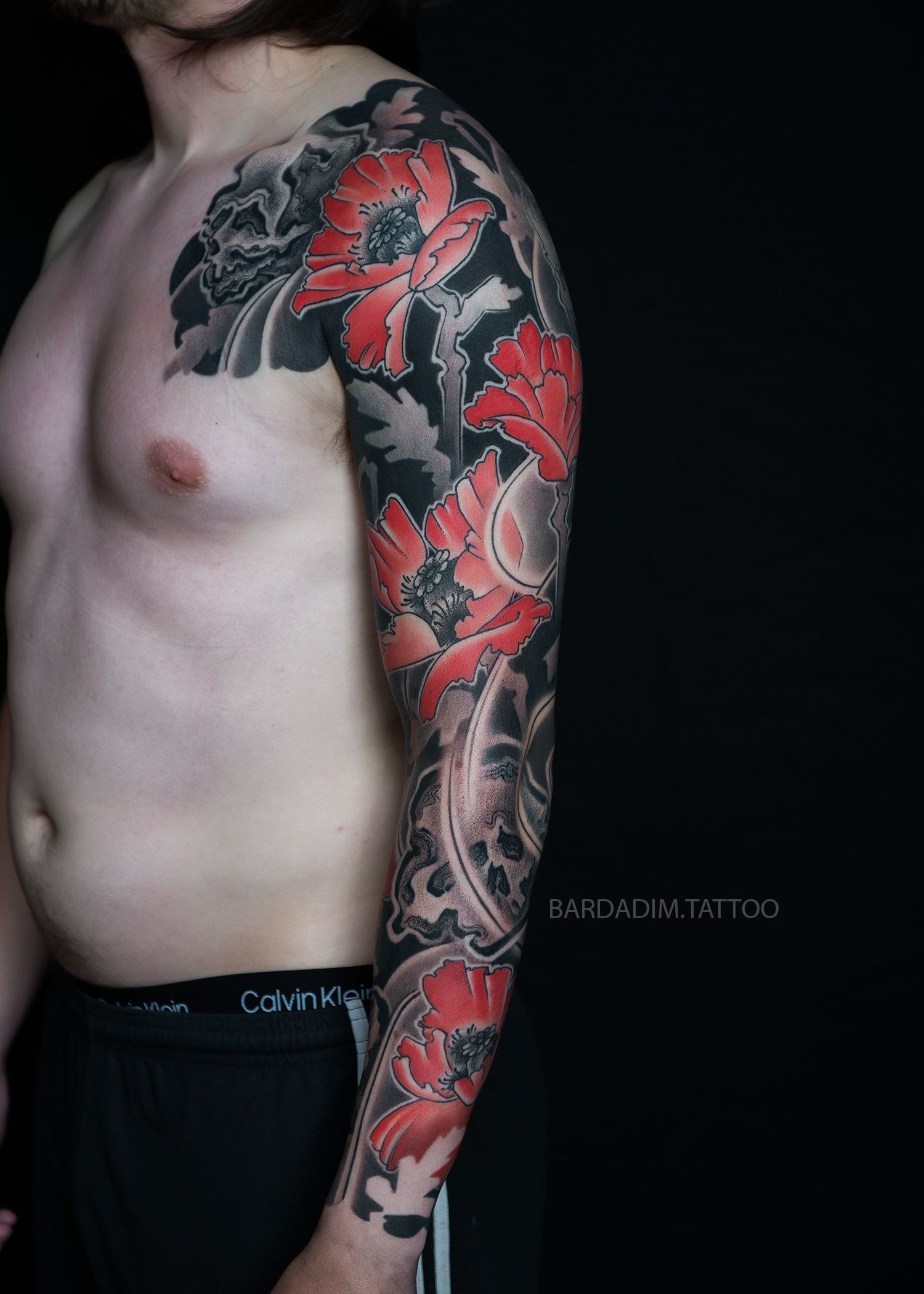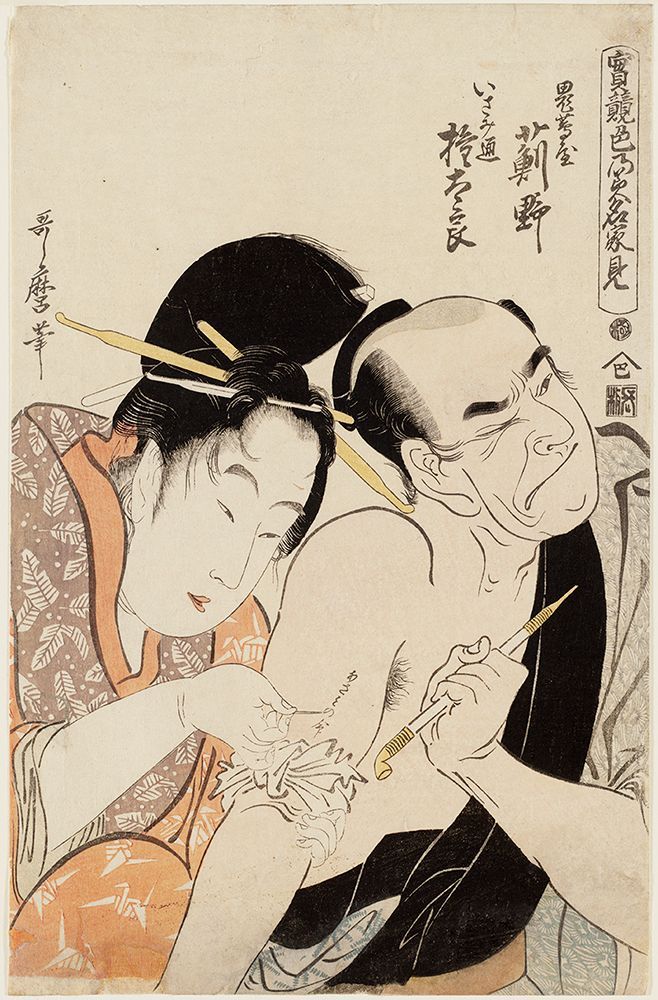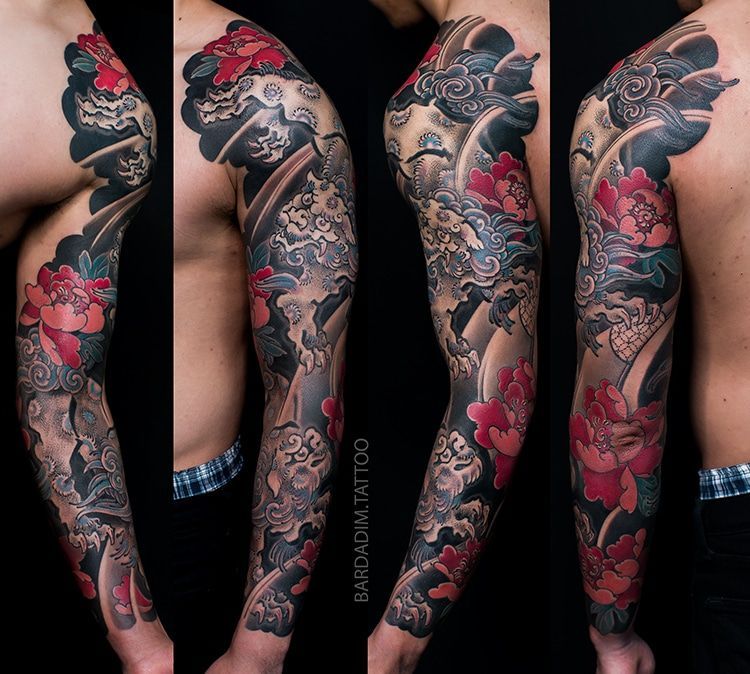Japanese Tattoos NYC
Japanese Tattoos NYC. My favorite style of tattooing is Japanese ! There are a lot of reasons Why! And the most important – Its TIME APPROVED as some other Traditional Tattoo Styles… Believe me, any more or less experienced tattoo artist can get a single needle and make a tiny, ‘micro dog tattoo’ or half inch pineapple tattoo or a word “love” on your finger/wrist. And it will look cool – On THE PICTURE in HIS portfolio and it will get tonnes of LIKES in social media. Yay! What else do we need?! Oh! Maybe we want the tattoo look good with time?
Making a decision takes a moment. Living a decision takes a lifetime. And an idea to get tattooed is one of those. You gonna live with this tattoo.
For the past 2 months we were looking for experienced tattoo artist to join our team at Bardadim Tattoo Studio. We had hundreds of emails and messages. And when we were looking through most of portfolios, we were shocked! What are you doing people?! Im not asking artists, I understand their desire to create. But customers. Guys!!! Please do your research, talk to experienced tattoo artist and experienced tattoo collectors. Cool Factor is not the most important motivation to get tattooed… Im not judging though…
Maybe 30 years of experience made me an old grumpy guy, but I saw a lot of greatly done Japanese Tattoo pieces and with a time they look even better, stronger and even more impressive. I feel respect to every person who made it!
“Traditional Irezumi (an art form in itself) is still done by specialized tattooists, it is painful, very time-consuming and expensive: a typical traditional body suit (Vest or Jacket, Long or Short Sleeves, Long or Short Pants, and traditionally leaving an un-tattooed space down the centre of the body) can take, on average, one to five years of weekly visits to complete, showing that the person with heavy Irezumi will finish what he or she starts and can be very respected for it, and the imagery that is in a persons Irezumi can be viewed to see the aspirations of that individual.” ( Full Article )
Respect to all the people in the world making their Tattoo-Art Projects and to my customers who were able to start and finish their tattoos or those still in the process. Thank you!
In this gallery some examples of Japanese tattoo projects Im grateful for and Im proud of. More in the Main Gallery.
Japanese Tattoos NYC. Bardadim Tattoo, Brooklyn.


